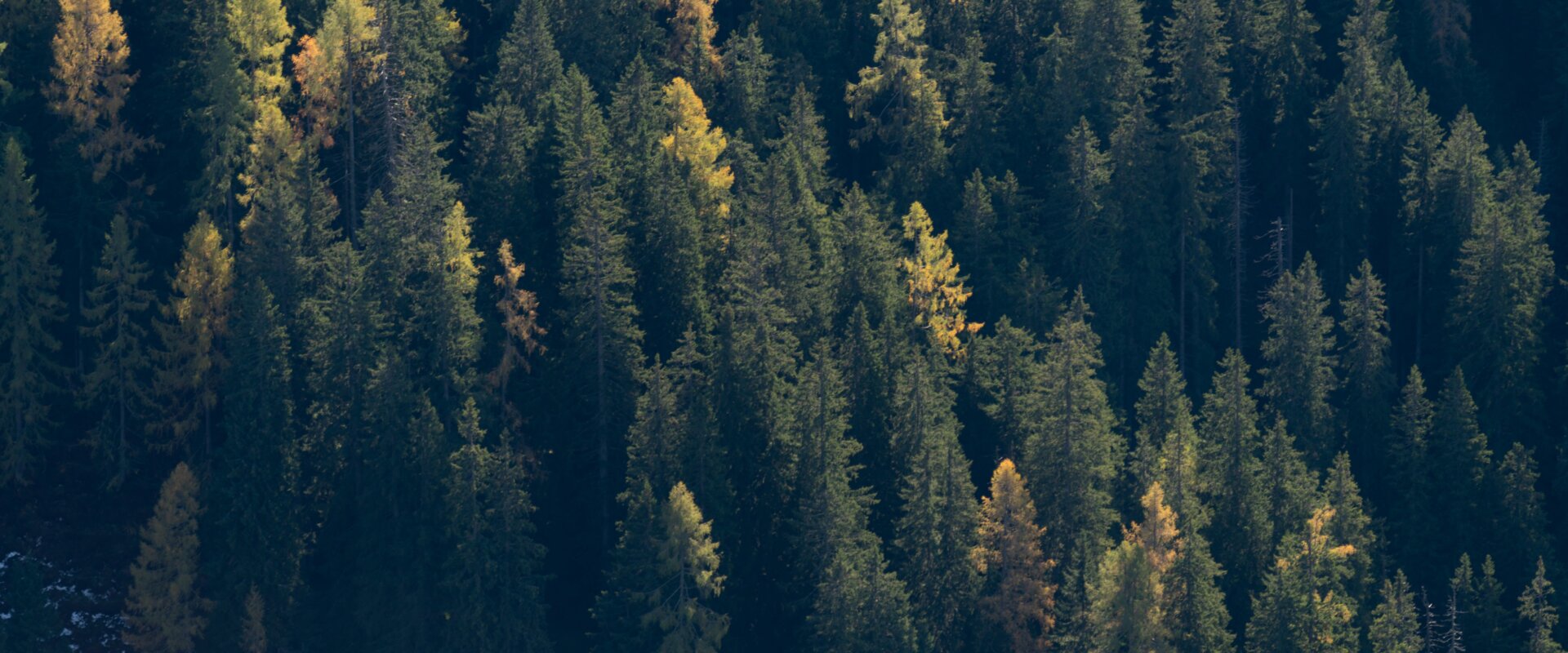Maximizing the Value of Your Rural Land: The Impact of Vegetation
Owning rural vacant land offers more than just open space; it presents a world of possibilities. Whether you’re considering selling in the future or planning personal use, understanding how vegetation influences land value can be a game-changer. Here’s how different types of vegetation can significantly enhance your property’s worth.
1. Grasslands: The Foundation of Land Value
Native Grasses: The Backbone of the Ecosystem
Native grasses are deeply rooted in local soil, symbolizing a healthy and thriving ecosystem. These grasses are particularly valuable for sustainable grazing, hay production, or even biofuel production, making them an asset for buyers interested in agricultural or eco-friendly ventures. Land with well-maintained native grasses is often seen as a prime investment due to its potential for various land uses.
Managing Weeds: A Sign of Proactive Land Care
Invasive weeds can be a serious detriment to land value. A property free from invasive species indicates a commitment to land stewardship, which can be a significant selling point. Buyers are more likely to invest in land that has been carefully managed and is free from potential environmental issues.
2. Trees: Natural Assets with Multiple Benefits
Hardwood Trees: Valuable Natural Resources
Hardwood trees, such as oaks, maples, and walnuts, are more than just beautiful landmarks; they are valuable timber resources. As demand for sustainable wood sources continues to rise, properties with mature hardwood trees can command a premium price. These trees not only enhance the aesthetic appeal but also offer potential income through timber sales.
Fruit Trees: Income Potential and Aesthetic Appeal
Fruit-bearing trees like apple, cherry, or peach trees offer more than just visual beauty. They provide opportunities for additional income through direct sales of fruit or agritourism activities. A property with thriving fruit trees can attract buyers interested in starting a small orchard or engaging in local food production.

3. Shrubs and Bushes: Small But Significant
Berry-Producing Shrubs: A Lucrative Niche
Native berry-producing shrubs can be an attractive feature for buyers interested in farming or farm-to-table ventures. These plants add value by offering a source of income and by supporting local wildlife, which can be a selling point for conservation-minded buyers.
Ornamental Bushes: Enhancing Aesthetic and Usability
Ornamental bushes, with their vibrant colors and textures, can dramatically improve the visual appeal of the land. They can help prospective buyers envision future homesteads, gardens, or recreational spaces, increasing the land’s marketability.
4. Wetlands: Nature’s Value-Adding Feature
Natural Water Management: A Vital Ecosystem Service
Wetlands play a crucial role in natural water management, helping to control flooding and ensure a steady water supply. These features can be particularly appealing to buyers looking for land with natural resources that require minimal maintenance. Additionally, wetlands support diverse ecosystems, which can be a draw for those interested in conservation or natural aquaculture.
Recreational Opportunities: Enhancing Land Usability
Properties with wetlands can also be marketed for recreational purposes. Fishing, birdwatching, and nature walks are just a few activities that can increase the appeal of your land to outdoor enthusiasts, adding an experiential dimension to its value.
5. Agriculture: Unlocking the Land’s Productive Potential
Soil Quality: The Foundation of Agricultural Success
Good soil quality is a key indicator of land potential, especially for agricultural purposes. Even if your land isn’t currently farmed, high-quality soil can significantly boost its value. Soil that is fertile and well-suited for crops like corn, soybeans, or wheat signals future agricultural possibilities, making your property attractive to buyers looking to farm or lease the land.
Existing Crops: Evidence of Land’s Fertility
If your land has a history of producing specific crops, this is a clear sign of its fertility and agricultural value. Proven yields not only showcase the richness of the soil but also provide a tangible indication of the land’s capability for future farming endeavors.
6. Maintenance: Demonstrating Land Stewardship
Controlled Burns: A Sign of Responsible Management
In areas prone to wildfires, controlled burns are a recognized method of land management. These practices reduce the risk of uncontrolled fires and demonstrate a commitment to maintaining land health, which can be reassuring to potential buyers concerned about safety and land viability.
Erosion Control: Protecting and Enhancing Land Value
Implementing erosion control measures, such as planting vegetation or building retention walls, is crucial for maintaining land integrity. These efforts not only protect the land from degradation but also serve as visible indicators of responsible land management, which can enhance property value.
7. The Value of Native Vegetation
Adaptation to Local Conditions: Practical and Sustainable
Native plants are naturally adapted to the local environment, requiring less maintenance and fewer resources. This resilience makes them an attractive feature for buyers looking for land that is easy to manage and maintain. Choosing native vegetation is a smart way to increase the land’s appeal without significant ongoing investment.
Resilience to Pests and Diseases: A Low-Maintenance Option
Native plants tend to be more resistant to local pests and diseases, reducing the need for chemical interventions. This natural resilience not only makes the land easier to maintain but also supports a healthier ecosystem, which can be a strong selling point for environmentally conscious buyers.
Conclusion: Vegetation as a Strategic Asset
Every tree, shrub, and blade of grass on your rural vacant land contributes to its overall value. Understanding and managing this vegetation wisely is not just about preserving the environment—it’s a strategic move that can significantly enhance your property’s worth. As the market for rural land evolves, properties that boast diverse and well-maintained vegetation stand out as prime investments. By recognizing the potential of your land’s natural features, you can position it as a valuable asset in any real estate portfolio.

